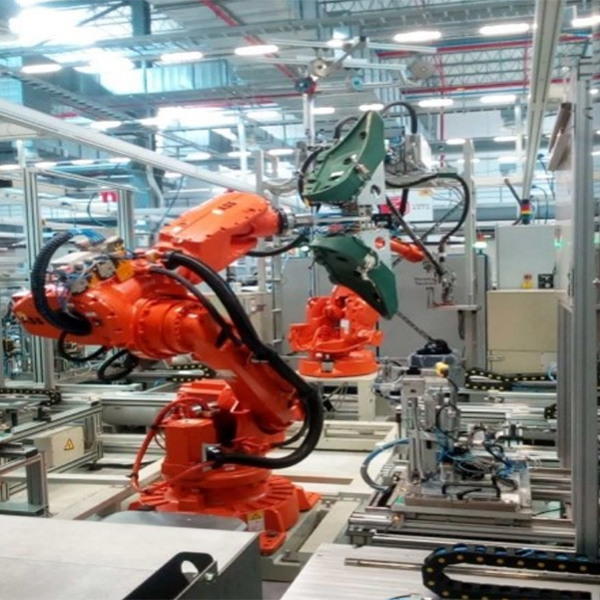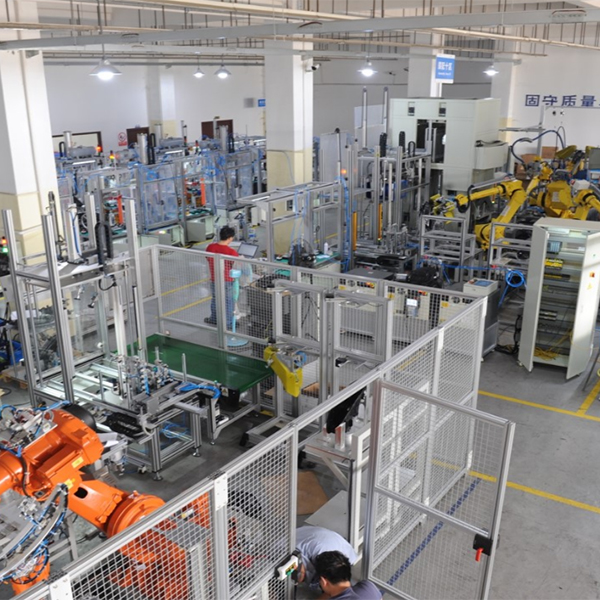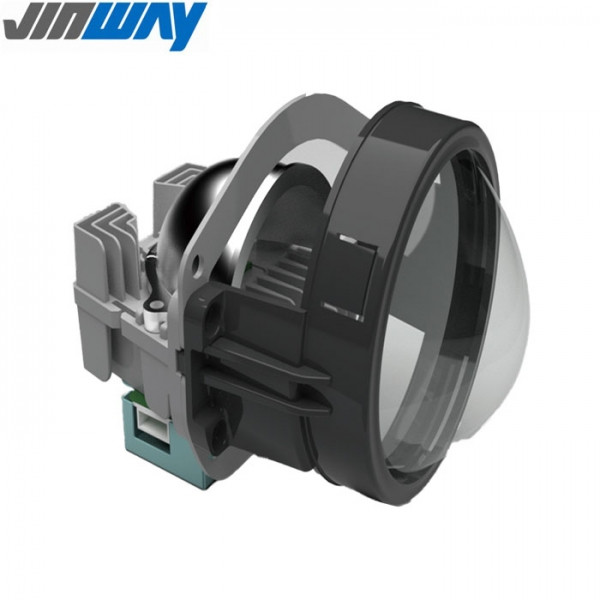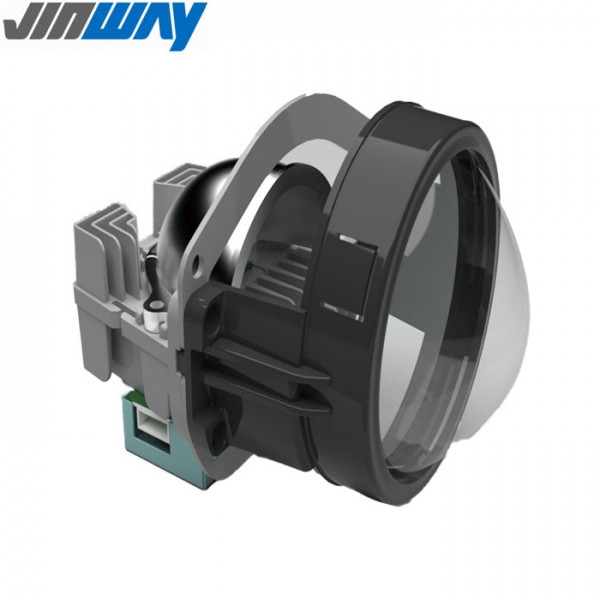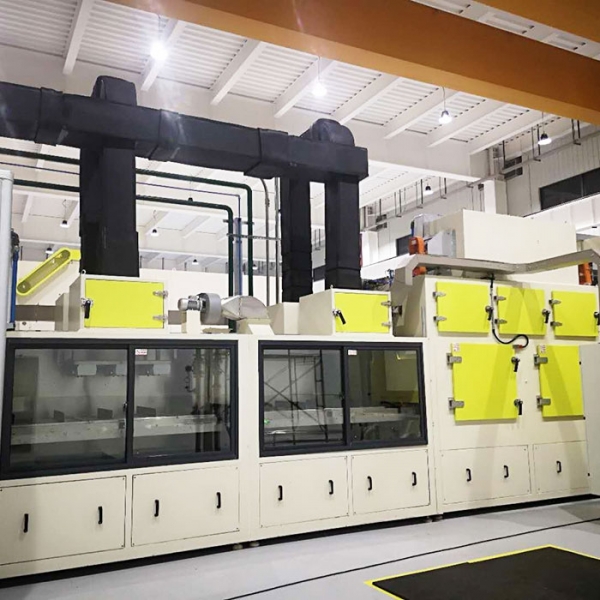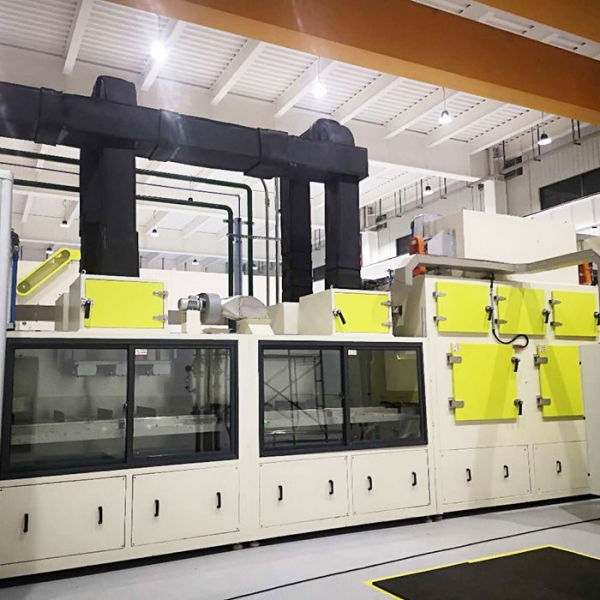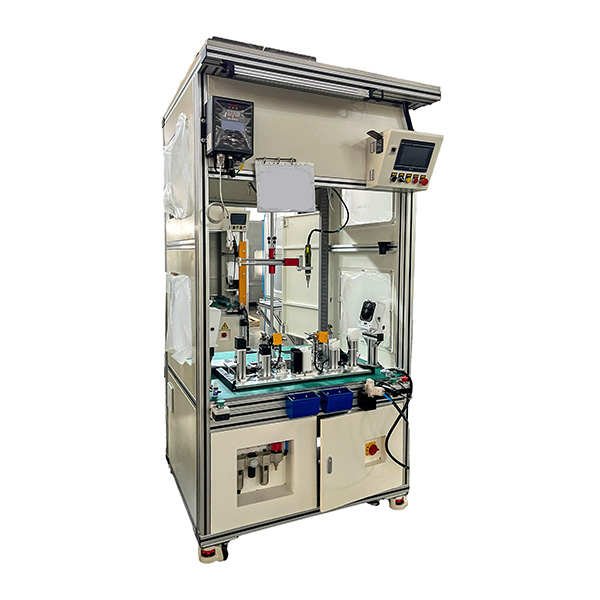Why Accuracy Matters in the Ripple Effect of Small Defects in Automotive Lighting
In automotive manufacturing, even the smallest details carry enormous weight. This is especially true in automotive lighting, where precision directly affects safety, performance, and compliance. A minor defect—barely visible to the human eye—can trigger a ripple effect that extends far beyond the production floor. From compromised road visibility to warranty claims and reputational damage, the consequences of overlooking accuracy are significant. Understanding why accuracy matters and how small defects escalate is essential for manufacturers striving to maintain quality and trust.
Automotive lighting systems, whether headlamps, taillights, or signal indicators, are complex assemblies involving lenses, reflectors, LEDs, and electronic control units. Each component must align perfectly to ensure the correct beam pattern and luminous intensity. A small misalignment of just a fraction of a millimeter can result in uneven illumination or glare, reducing driver visibility and creating hazards for other road users. Precision is not optional—it is foundational to safe, compliant, and effective lighting.
A single defect may seem insignificant during assembly, but once the product reaches the road, its impact grows exponentially. For example, a slight optical distortion in the lens can lead to uneven light distribution, which may fail photometric compliance tests. Similarly, a minor error in adhesive application during assembly can cause moisture ingress, leading to fogging, electrical failures, or reduced lamp lifespan. These seemingly minor issues not only increase production costs but also risk recalls and long-term brand damage.
Photometry, the science of measuring visible light, ensures that automotive lighting meets global standards such as ECE, SAE, and DOT. Photometric testing validates beam patterns, intensity, and color to ensure that lights are both effective and non-distracting to other drivers. In this context, accuracy ensures compliance. Even slight deviations can result in regulatory failures, making rigorous optical testing a non-negotiable step in production.
The most critical impact of small defects is on safety. Headlamps that produce glare can momentarily blind oncoming drivers, while taillights with poor intensity may go unnoticed in heavy traffic or bad weather. Signal lights that fail prematurely can lead to miscommunication on the road, increasing accident risks. Accuracy in manufacturing ensures that every light performs its role flawlessly, protecting both drivers and pedestrians.
Manufacturers who overlook small defects often face large financial consequences. Warranty claims, recalls, and repair programs can erode profitability and consumer trust. In competitive markets, reputational damage can be even costlier than direct expenses, as customers increasingly associate quality with brand reliability. Accuracy-driven production processes, supported by advanced testing, help mitigate these risks by ensuring defects are caught before products leave the factory.
Modern manufacturing solutions leverage automation, optical inspection, and AI-driven analytics to detect and correct small defects in real time. Automated photometric testing machines identify deviations in beam distribution, while AI algorithms recognize defect patterns and predict potential failures. By integrating these systems into production lines, manufacturers create a closed-loop quality control environment that prioritizes accuracy and minimizes ripple effects.
While technology plays a critical role, the human factor should not be underestimated. A culture that emphasizes precision—from design engineers to line operators—ensures that accuracy is built into every step of the process. Training, continuous improvement programs, and collaboration between teams reinforce the idea that small details matter. This cultural shift transforms accuracy from a quality-control metric into a core company value.
In automotive lighting, accuracy is more than a technical requirement—it is a safeguard for safety, compliance, and brand integrity. Small defects may appear minor on the factory floor, but their ripple effect can compromise performance, endanger lives, and damage reputations. By investing in precision technologies and fostering a culture of accuracy, manufacturers can prevent defects before they escalate, ensuring that every light on the road meets the highest standards of reliability and safety.

